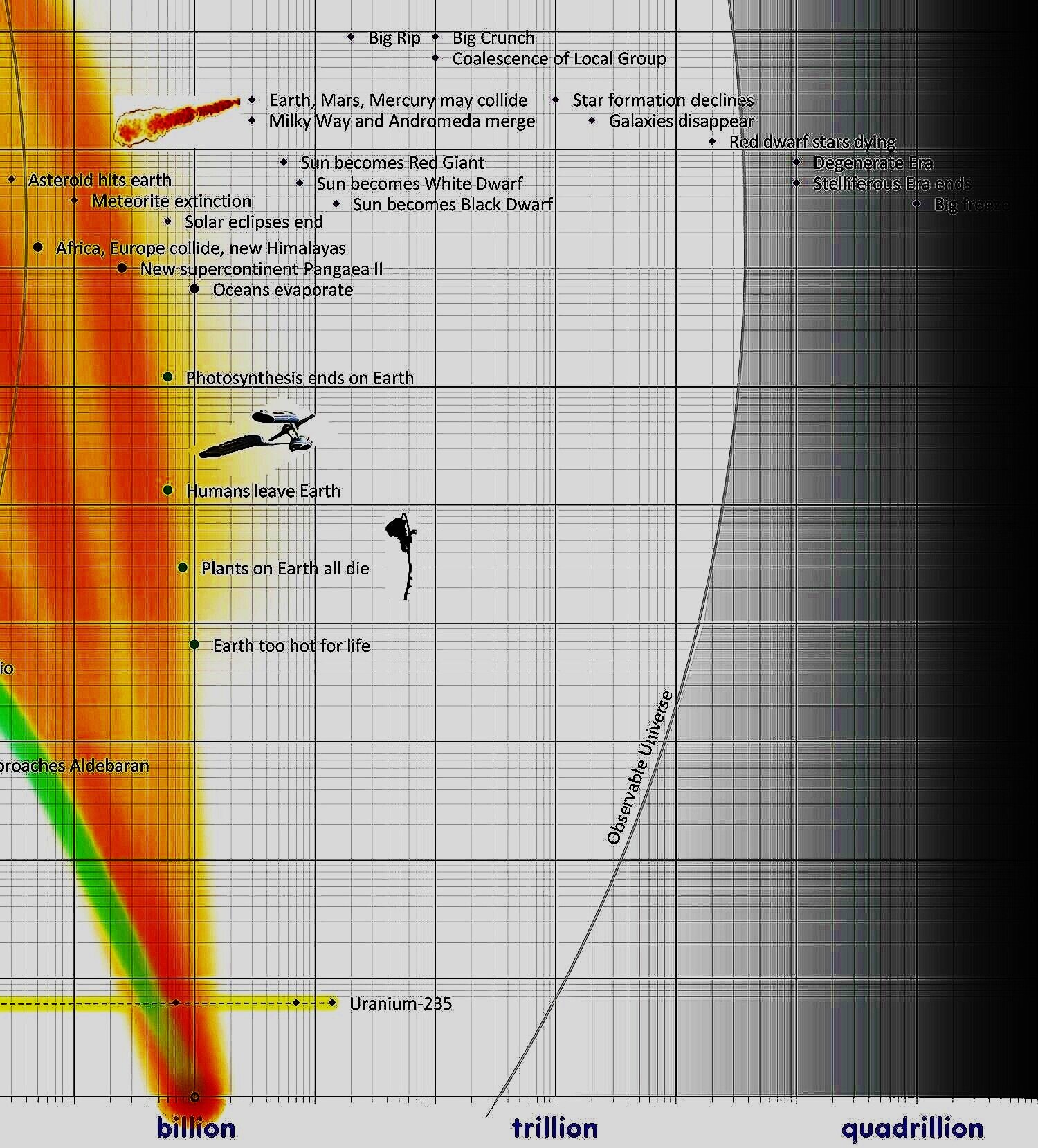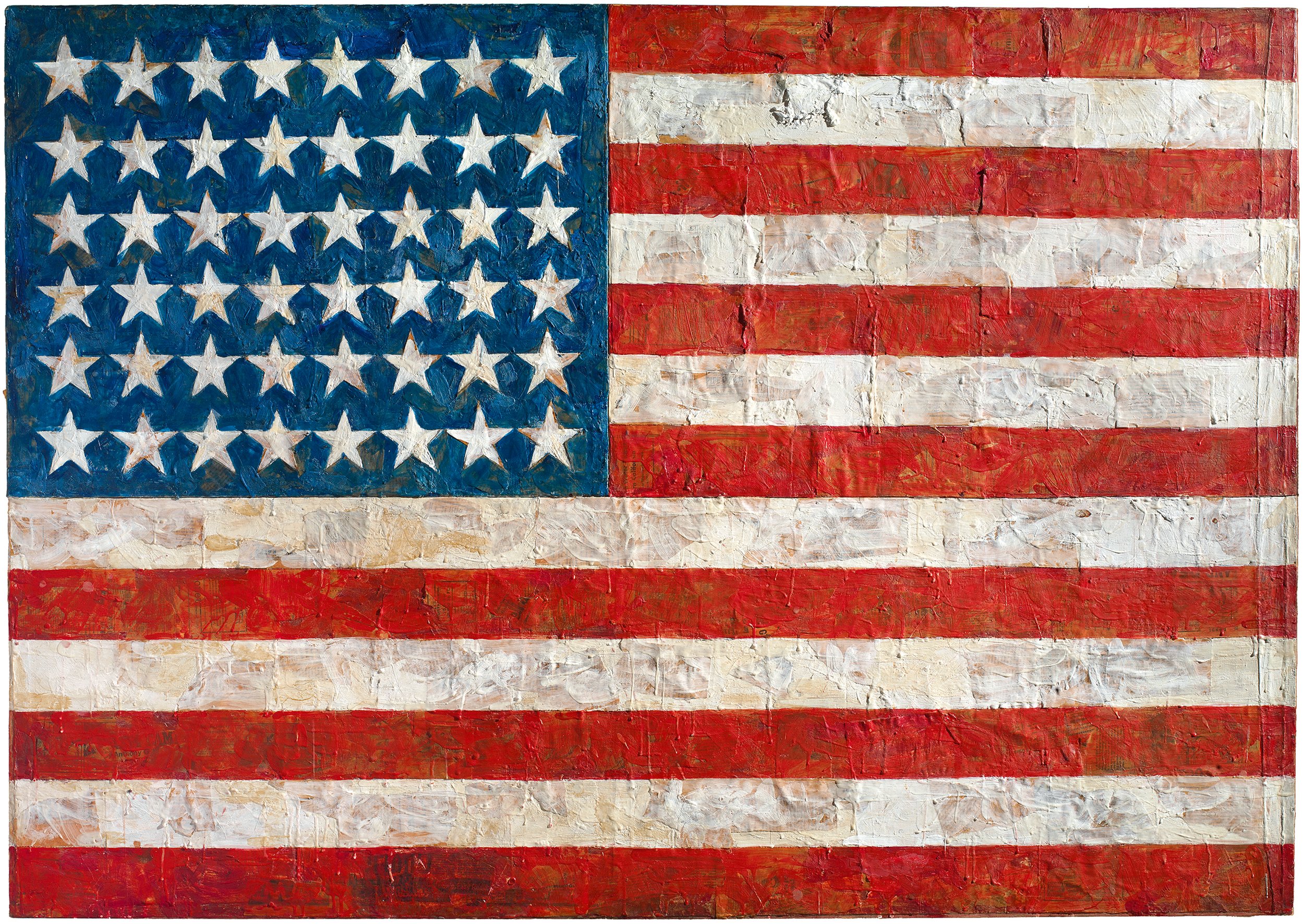Why I am Not a Minimalist

Taney Roniger
Minimalism: Few words plucked from the world of art and let loose on the larger culture have enjoyed such widespread and enduring proliferation as this one. Indeed, so accustomed have we become to hearing the word bandied about in relation to this or that new trend in landscape gardening, tableware design, or men’s casual footwear that we scarcely bother to think of its meaning anymore, let alone its origins. Doubtless, there are many for whom this over-familiarity presents no real problem. But for those of us within the art world whose work is routinely described as “minimal," “minimalist,” or even "neo-minimalist" – and more still for those of us who describe our own work this way – a periodic reminder of the word’s genealogy seems nothing short of a responsibility.
With only a cursory glance at its history, any admiration we may have had for the word’s staying power quickly dissolves, and we may even come to pity the poor thing what can only be its utter confusion. For what is revealed is that minimalism as conceived and practiced as an art movement in the 1960s arose out of and was defined by an agenda that is wholly foreign to today’s word.
First, what does today’s minimalism signify? In conventional language, the word seems to denote an attitude, primarily but not exclusively aesthetic, that values and seeks to follow the dictum less is more. The crucial question, of course, is: Of what kind of thing is there to be less rather than more? (It can’t be that less of everything is more; who, for example, would argue for less potable water or fresh air?) Consulting the conventional wisdom, the answer seems fairly obvious and points to a general paring down: a stripping and ridding of all that is extraneous, superfluous, and decorative from whatever is considered essential. A minimalist cuisine, for example, might feature only the finest meats, grains, and vegetables absent any excessive spices or elaborate sauces, the better to bring out the essential flavors of the meats, grains, and vegetables. Conventionally understood, then, minimalism represents not just a general move toward reduction but also an implicit vision of purity and an assumption that with the removal of all that is inessential that which is essential (and therefore good and valuable) will be experienced to its fullest potential.
So far, my description of today’s minimalism deviates little from the historical one we seek to consult. (For the sake of convenience, we can let minimalism with a small m designate the former and Minimalism with a capital m the latter.) What, then, is the distinction? As it turns out, the crucial element distinguishing Minimalism proper lies in the what circumscribed by our initial question: Of what is there to be less rather than more? For here, rather than a generalizing statement about “whatever is extraneous,” Minimalism is quite specific; the thing of which there is to be less rather than more is content. Minimalism is nothing short of the insistence that content in a work of art – meaning, metaphor, evocation, signification – is not only wholly separable from form but is also irrelevant to it. In fact, so vehement is Minimalism’s antipathy toward content – and so thorough is its vision of its removal – that, if we think about it, Minimalism is something of a misnomer. Much more accurate to its agenda would have been the term Zeroism, or Noneism, zero or none being more properly descriptive of the amount of content permitted.
Just as small m minimalism is fairly summarized by the dictum less is more, the core principle underlying capital m Minimalism is well summed up by Frank Stella’s equally pithy – and very accurate – statement “what you see is what you see.” Uttered in 1964 by the founding father of Minimalism as a guide to understanding his early Minimalist paintings, “what you see is what you see” is more telling than initial appearances might suggest. The reference, of course, is to the adage “what you see is what you get,” but Stella’s replacement of “get” with “see” lets us know that there is nothing to be “gotten”; anything to be “had” in the experience of his work is to be had precisely in the seeing. What does this mean, exactly? On the most obvious level, it means that in Stella’s work there is no intended content – i.e., there is nothing that the artist is trying to communicate, express, or evoke – but only the material facts enunciated by the work’s form. But on a more subtle level, the implication is that we as viewers are in error if we do anything other than see in response to his work. What Stella is saying, in other words, is that responses such as thoughts, moods, emotions, memories, ideational associations, and any sensations other than the optical are inappropriate or invalid with regard to his work.
Seeing only: This is the cause that Minimalism advances. Before asking ourselves what is perhaps the more pressing question – namely, why? Why such a harsh injunction? – we might first wonder whether it is even possible. Even a bit of casual introspection seems to quickly reveal that sensory experience is a unified whole; it does not present the separate data of the sense organs as closed, discrete packages of information easily separable from each other. Moreover, I myself have never had a sensory experience unaccompanied by a whole host of other interior goings-on, be they thoughts or emotions, welcome or otherwise. It’s certainly possible to think of aspects of experience in isolation from other aspects, but thinking about experience and experience itself are different things altogether. Thus, the mandate of “seeing only” seems nothing more than a piece of purist fiction, easy to entertain in thought but utterly untenable in practice.
In light of what’s been said, one can hardly fail to note a small irony: In spite of all its heady pronouncements about “no content” and “seeing only,” the very premise of Minimalism is itself an idea – and a very loaded one at that. The insistence on “no content” is so strident, and its practice so unnatural, that “no content” is itself the content of any Minimalist work. Try it for yourself: Try gazing at an early Stella – one of the pinstripe paintings from the early ‘60s, say – and keep in mind that while doing it you mustn’t think, or feel, or experience any bodily sensations other than the optical. Chances are, your success will depend entirely on the degree to which you’re able to fixate on the idea of “nothing but seeing,” and, if you manage that, the result will be your having had a perfectly pure and unadulterated experience of an idea – not an optical engagement with a work of art devoid of content. And it’ll be too bad, too, because some of these paintings are so beautiful and so richly evocative that you’ll have missed out on quite something.
Of course, it would be unfair to criticize Minimalism without taking into consideration the historical context out of which it arose. After two decades of the emotional excesses of Abstract Expressionism, it must have seemed to the younger generation a matter of considerable urgency to put out the fire, as it were – to extinguish the suffocating flames of all that angst, tragedy, and despair. And what better cooling agent indeed than an art whose central concept is stripped of all humanity? (To be clear: It’s not that the work itself is devoid of humanity; Minimalist work is often quite sumptuous, evocative, and beautiful. Rather, it’s the idea, the theoretical position.) As an antidote or a necessary corrective to another kind of excess, then, the severity of Minimalism can be understood, and perhaps it can be seen as having saved modern art from the psychosis of a hypertrophied subjectivity that seemed then on the horizon.
But as a worldview – or a metaphysic, if we can use that word in this context – Minimalism is by no means original or specific to any modern art-historical context. In fact, its purist project of “disembodied vision,” or vision severed from the rest of the whole human subject, is very much of a piece with the larger project of modernity that has been our Western cultural inheritance since the 16th and 17th centuries. The distancing, objectifying imperative inherent in Minimalism’s agenda is none other than the mechanistic worldview ushered in by the Scientific Revolution, when the knower – or in Minimalism’s case, the seer – became detached from that which was known or seen, and, more important, became herself similarly divided (body from mind, thought from feeling, etc.) As an approach to the world, this dualistic knowing-from-a-distance or knowing-by-splitting clearly has its advantages (the whole enterprise of modern science and technology owes itself to its triumphs), but as an approach to art it is woefully inadequate in that it has no place for the whole human being – for purpose, intention, value, desire, emotion, belief, pleasure, pain, etc. That so much Minimalist art looks industrio-mechanical is hardly a coincidence; the impersonality, the obsession with quantification and measurement, the mechanical uniformity, standardization, and fixation on repetitive form so prominent in Minimalist work – what are these if not the values glorified by the mechanical philosophy? Wasn’t it Lewis Mumford who observed that as our machines have become more human-like, we ourselves have become more mechanical? (I believe it was also Mumford who coined the term “partial suicides” for the sensorially dulled creatures that we’ve become.)
If small m minimalism seeks purity, it is not the kind of purity sought by Minimalism proper. Whereas the latter’s purity is one that would rid art of such “contaminants” as meaning, feeling, and the human body, that of the former seeks simplicity in their service – i.e., in the service of a rich, fully-embodied human experience. When eliminating all that is inessential enhances and intensifies my experience of a thing, I do so with enthusiasm. In fact, this practice of simplifying and reducing is at the heart of what I do. But I am emphatically a holist; form can no more be separated from content than my eyeball, severed from my body, can continue to see a Frank Stella painting. Moreover, the last thing we need today is more art that perpetuates the worldview responsible for our current situation – namely, that of spiritual bankruptcy and ecological devastation. In light of the latter, a radical embrace of a fully engaged and embodied meaning is incumbent upon any of us who want what we do to matter – and, those of us who, however modestly, want to help build a better future. Were I in any place to do so, I’d issue a moratorium on the use of the word minimalism. But since I’m not, perhaps I can at least implore others to use it responsibly – bearing in mind, that is, some of the weight of its history.




